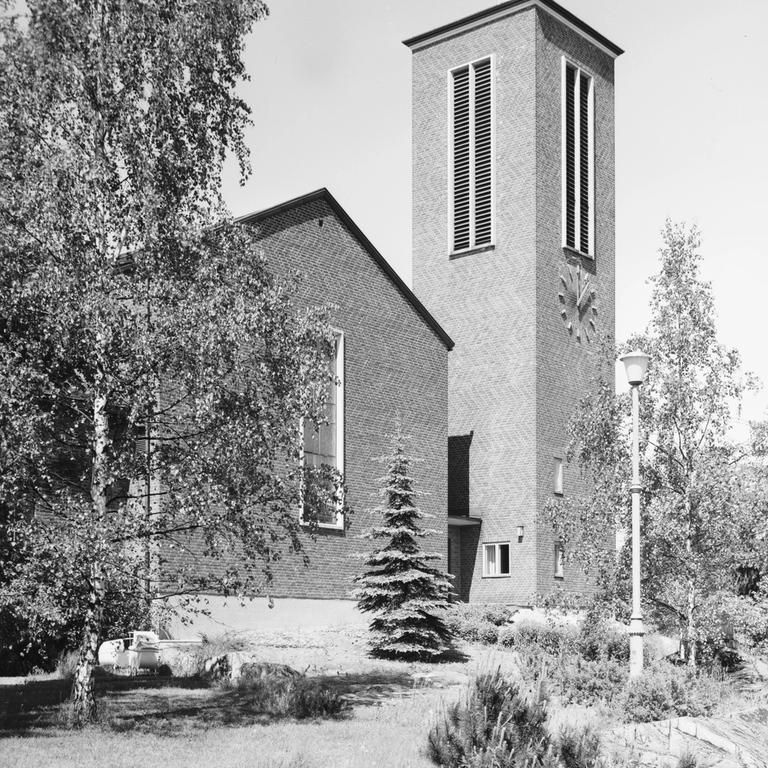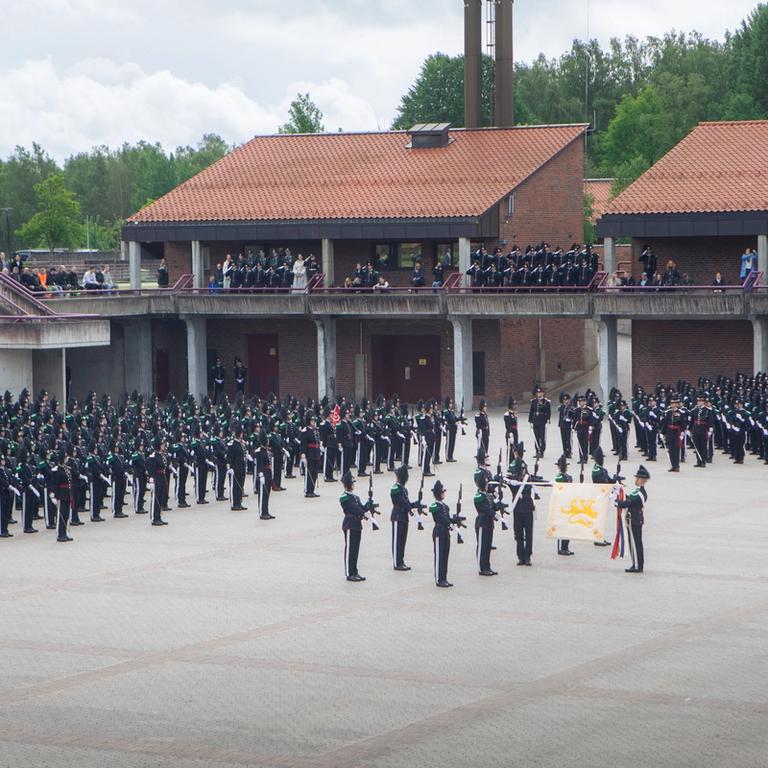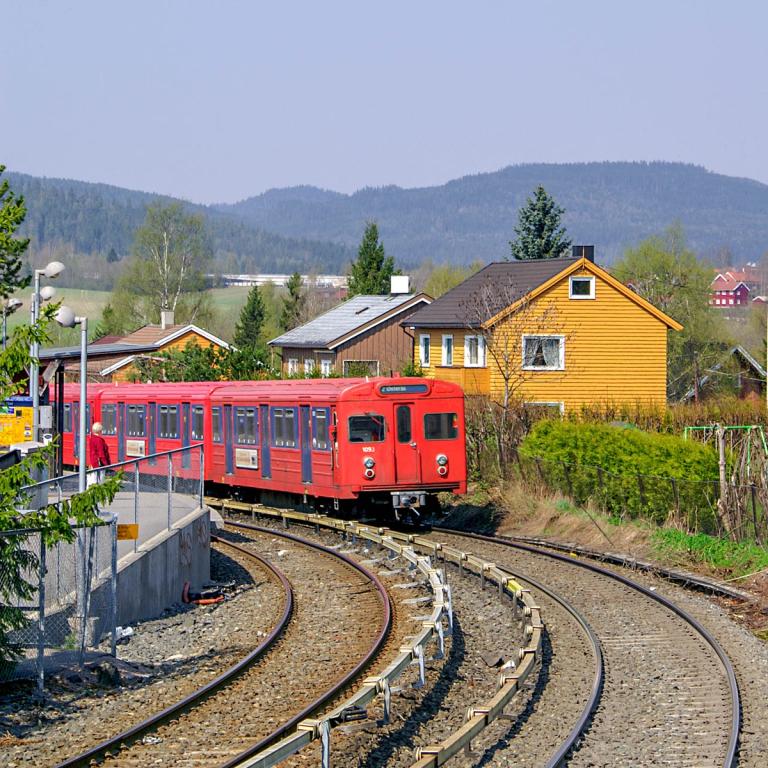In words and pictures: Røa

Røa is situated between Ullernåsen in the south and Bogstadvannet in the north, and borders Bærum to the west. Residential construction accelerated in the 1920s, and when the Røa Line opened in 1935, the area had become an established suburb of Oslo. Here we mostly find small houses, terraced houses, and apartment blocks built after the war.
Agricultural area
Røa has a rich history as an agricultural area. There were both a mill and a sawmill here in the 19th century. The machinery was powered by water from the Røa Falls. Røa mill burned down in 1888 and was not rebuilt.
Røa Church
Røa Church was consecrated on November 12, 1939, by Bishop Berggrav, with King Haakon VII present. The parish was separated from Ullern in 1957 and also includes Sørkedalen and the western part of Nordmarka up to the city boundary.
The church includes, among other things, a sanctuary, community hall, offices, and a separate tower. In a separate wing, there is a sexton's residence, meeting rooms, and a former nursery.

Røa Square
Røa Torg is owned by the Nordeng family, who have a hundred-year history in Røa. The grandfather, Halvor Gulbrandsen, was a tailor. He traveled around with his sewing machine and made clothes for people on the farms.
In 1912, he and his wife built one of the first villas in Røa. The property faced north and was named Nordengen. Their son Helge also took up the trade. He started a small business on the property, and in 1946 he founded the company Nordeng Ekvipering.
More people were hired by the company, which eventually started to sell clothes and textiles. As Røa evolved from farmland to suburb, it became easier to do business.
Today, Røa Torg has evolved into a natural gathering place with cafes, outdoor seating, and green spaces.
Huseby Camp
Huseby Camp has been the base for His Majesty The King's Guard since 1945. Today, the area consists of two camps at the same location.
The first camp was built by the German occupying forces during World War II and was named Lager Huseby in 1942. Between 1980 and 1985, a new guard camp was erected on the same site.
Garden nevertheless had a connection to the place already from the end of the First World War. At that time, they used the site as a practice area. Back then, there was little development there, and the area was far from being a military camp.

Røa Station
Røa station was the terminus for the Røa Line when it opened on January 24, 1935. In 1948, the line was extended to Grini, further to Lijordet in 1951, and to Østerås in 1972.
The track was initially located on the east side of the area, but was moved to the west side when the line was extended. In 1995, the track was upgraded to metro standard, and the station was moved back to its original location.
Røa is an important hub for public transportation. Buses 32, 41, and 47 stop here and transport passengers to and from the metro.
Since 1995, Røa has been a part of the metro's line 2 between Østerås and Ellingsrudåsen. The line is 10.25 kilometers long and has thirteen stations, with three of these located in Bærum municipality.
